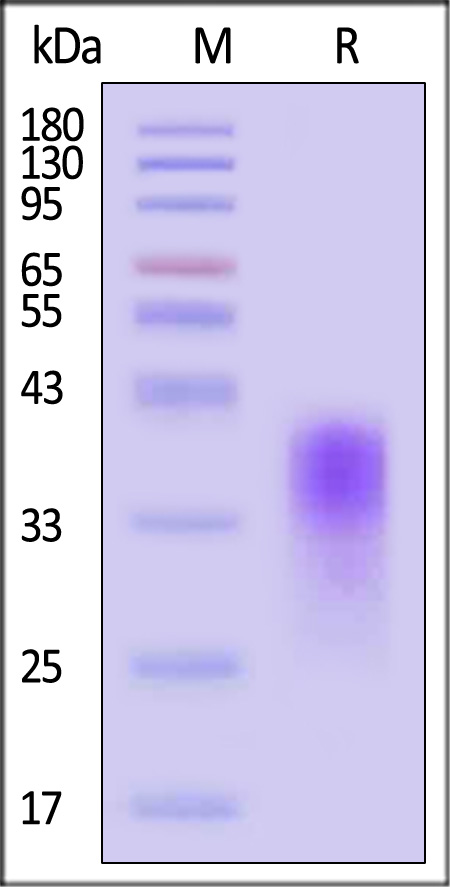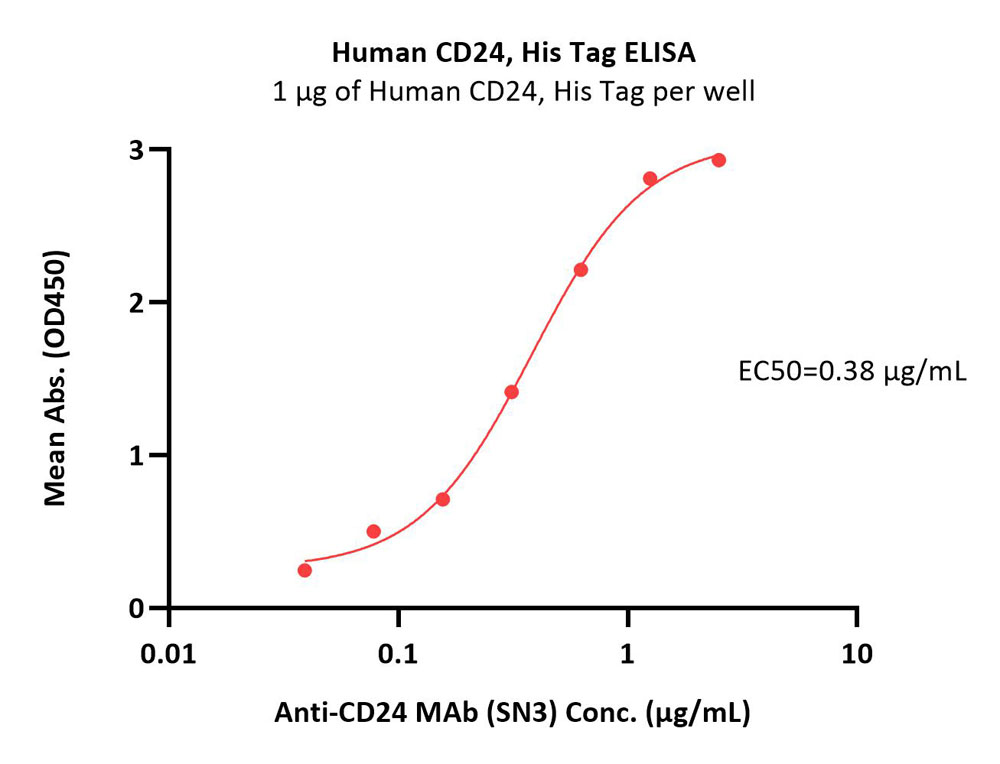Mapping the Binding Hotspots and Transient Binding Pockets on V-Domain Immunoglobulin Suppressor of T Cell Activation Protein SurfaceLi, Xu, Chen
et alACS Omega (2024) 9 (49), 48657-48669
Abstract: V-domain immunoglobulin suppressor of T cell activation (VISTA), an inhibitory immune checkpoint present on both immune and tumor cells, has emerged as a highly promising target for cancer therapy due to its potential to overcome resistance encountered with existing immune checkpoint treatments. VSIG-3 is determined as an inhibitory ligand for VISTA, leading to the suppression of T cell proliferation. However, hotspots between VISTA/VSIG-3 protein-protein interaction remain ambiguous, mainly attributed to the lack of the structure of the VISTA/VSIG-3 complex. Therefore, in this study, in order to determine the energetic contributions of the interfacial residues on VISTA, we first constructed VISTA/VSIG-3 complex models by the protein docking method, followed by molecular dynamics simulations, binding free-energy decomposition, and alanine scanning. Results suggested that the putative hotspots in VISTA comprise residues His32, Tyr37, Thr35, Glu47, Val48, Gln49, Glu53, Arg54, Gln73, His122, and His126. Moreover, the distribution of the hotspots was clustered into two regions (hot regions I and II), and by using the TRAPP tool, transient subpockets within the hot regions were identified. Furthermore, conformational states of the binding pockets exhibiting druggability scores higher than those observed in the crystal structure were found. Overall, we hope that the findings outlined in this study can be used to facilitate the development of inhibitors targeting the VISTA/VSIG-3 immune checkpoint pathway in the future.© 2024 The Authors. Published by American Chemical Society.
The VISTA/VSIG3/PSGL-1 axis: crosstalk between immune effector cells and cancer cells in invasive ductal breast carcinomaOlbromski, Mrozowska, Piotrowska
et alCancer Immunol Immunother (2024) 73 (8), 136
Abstract: A checkpoint protein called the V-domain Ig suppressor of T cell activation (VISTA) is important for controlling immune responses. Immune cells that interact with VISTA have molecules, or receptors, known as VISTA receptors. Immune system activity can be modified by the interaction between VISTA and its receptors. Since targeting VISTA or its receptors may be beneficial in certain conditions, VISTA has been studied in relation to immunotherapy for cancer and autoimmune illnesses. The purpose of this study was to examine the expression levels and interactions between VISTA and its receptors, VSIG3 and PSGL-1, in breast cancer tissues. IHC analysis revealed higher levels of proteins within the VISTA/VSIG3/PSGL-1 axis in cancer tissues than in the reference samples (mastopathies). VISTA was found in breast cancer cells and intratumoral immune cells, with membranous and cytoplasmic staining patterns. VISTA was also linked with pathological grade and VSIG3 and PSGL-1 levels. Furthermore, we discovered that the knockdown of one axis member boosted the expression of the other partners. This highlights the significance of VISTA/VSIG3/PSGL-1 in tumor stroma and microenvironment remodeling. Our findings indicate the importance of the VISTA/VSIG3/PSGL-1 axis in the molecular biology of cancer cells and the immune microenvironment.© 2024. The Author(s).
Co-expression of immune checkpoints in glioblastoma revealed by single-nucleus RNA sequencing and spatial transcriptomicsYuan, Chen, Jin
et alComput Struct Biotechnol J (2024) 23, 1534-1546
Abstract: Glioblastoma (GBM) is one of the most malignant tumors of the central nervous system. The pattern of immune checkpoint expression in GBM remains largely unknown. We performed snRNA-Seq and spatial transcriptomic (ST) analyses on untreated GBM samples. 8 major cell types were found in both tumor and adjacent normal tissues, with variations in infiltration grade. Neoplastic cells_6 was identified in malignant cells with high expression of invasion and proliferator-related genes, and analyzed its interactions with microglia, MDM cells and T cells. Significant alterations in ligand-receptor interactions were observed, particularly between Neoplastic cells_6 and microglia, and found prominent expression of VISTA/VSIG3, suggesting a potential mechanism for evading immune system attacks. High expression of TIM-3, VISTA, PSGL-1 and VSIG-3 with similar expression patterns in GBM, may have potential as therapeutic targets. The prognostic value of VISTA expression was cross-validated in 180 glioma patients, and it was observed that patients with high VISTA expression had a poorer prognosis. In addition, multimodal cross analysis integrated SnRNA-seq and ST, revealing complex intracellular communication and mapping the GBM tumor microenvironment. This study reveals novel molecular characteristics of GBM, co-expression of immune checkpoints, and potential therapeutic targets, contributing to improving the understanding and treatment of GBM.© 2024 The Authors.
VISTA and its ligands: the next generation of promising therapeutic targets in immunotherapyShekari, Shanehbandi, Kazemi
et alCancer Cell Int (2023) 23 (1), 265
Abstract: V-domain immunoglobulin suppressor of T cell activation (VISTA) is a novel negative checkpoint receptor (NCR) primarily involved in maintaining immune tolerance. It has a role in the pathogenesis of autoimmune disorders and cancer and has shown promising results as a therapeutic target. However, there is still some ambiguity regarding the ligands of VISTA and their interactions with each other. While V-Set and Immunoglobulin domain containing 3 (VSIG-3) and P-selectin glycoprotein ligand-1(PSGL-1) have been extensively studied as ligands for VISTA, the others have received less attention. It seems that investigating VISTA ligands, reviewing their functions and roles, as well as outcomes related to their interactions, may allow an understanding of their full functionality and effects within the cell or the microenvironment. It could also help discover alternative approaches to target the VISTA pathway without causing related side effects. In this regard, we summarize current evidence about VISTA, its related ligands, their interactions and effects, as well as their preclinical and clinical targeting agents.© 2023. The Author(s).



 +添加评论
+添加评论






















































 膜杰作
膜杰作 Star Staining
Star Staining















